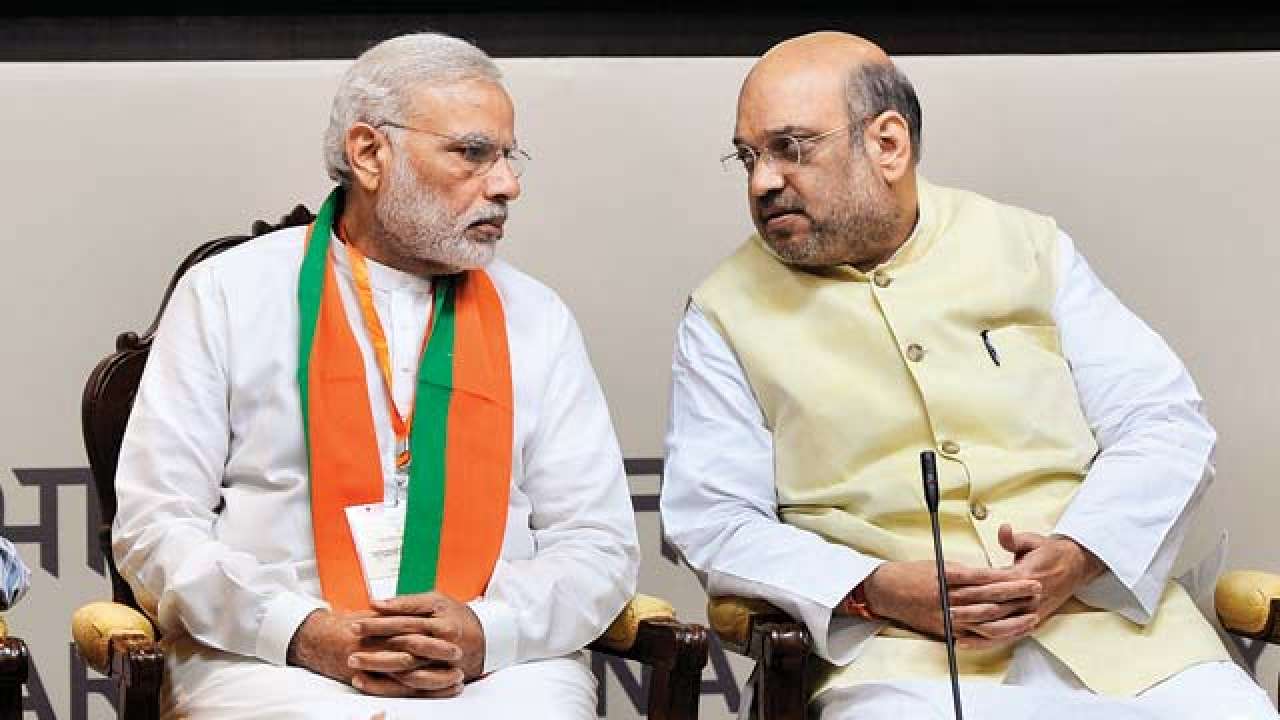
BJP observers and sympathisers are terribly nervous after the party’s recent election reverses in the three Hindi heartland states of Rajasthan, Madhya Pradesh, and Chhattisgarh This is understandable, perhaps, necessary. After all, no party can afford to be complacent about its election prospects, let alone rest on its laurels. But, all the same, the degree and intensity of the pessimism are rather surprising, if not disconcerting. Suddenly, it would seem, naysayers have come to the fore, All the good work done by the BJP government forgotten, and the most dire and doleful scenarios of the future projected. Most of these gloomy predictions are based on what we might call electoral mathematics.
Based largely on two key parameters — the swing factor for or against a party and the peculiar seat calculus in each particular state — such number crunching is often unreliable or speculative. In the end, despite all the complicated calculations and expertise, it often boils down to impressions and moods. As to the latter, the Cassandras believe that the BJP has run out of issues or causes to champion. There is a problem with its messaging when it comes to all the achievements and real work done on the ground.
Also, a certain fatigue has set in when it comes to the familiar faces on the campaign trail, not to speak of their rhetorical styles. More worryingly, the Congress has latched on to several BJP’s favourite causes, including Hindutva and corruption. The electoral cache from both, with their tried and tested benefits to BJP, has thus diminished. Finally, attacking the first family of the Congress no longer seems to be as appealing to voters as it used to be. Putting them into jail in the National Herald scam or any other similar issue might actually boomerang. No wonder the “Naamdaar vs Kaamdaar” line didn’t go down that well with voters in the just concluded state elections.
Crystal-gazers predict that in 2019, the BJP faces an uphill battle to cross the magical 272 mark in the 545 member Lok Sabha. Currently, NDA, the ruling coalition, has 307 seats. The BJP, the leading party in the NDA, after mid-term reverses, is down to just 268. The Shiv Sena, with 18, is the BJP’s largest, though no longer staunchest, ally. In fact, its support to the BJP in Maharashtra in 2019 can no longer be taken for granted. It is, moreover, trying to jockey ahead in Ayodhya by pressing for the construction of the temple before the Supreme Court verdict. The other member of the NDA are, thankfully for the BJP, smaller parties, with far fewer seats: Ram Vilas Paswan’s Lok Janshakti Party (6), the Shiromani Akali Dal (4), Nitesh Kumar’s Janata Dal-United (2), being the better known ones. The rest, with one or two seats, amount to less than ten.
Actually, more than the NDA, it is the opposition, made up of 222 seats, whose composition is more interesting. The United Progressive Alliance (UPA) has a dismal showing, with only 69 in all, the Congress being reduced, for the first time in the history of independent India, to less than 50. The real makers-or-breakers belong to other regional parties, who have not taken sides. The most important of these are AIADMK (37), Trinamool Congress (34), Biju Janata Dal (19), Telugu Desam Party (16), Telangana Rastriya Samiti (11), CPI-M (9), Samajwadi Party or SP (7), and AAP (4). Together these make up a whopping 160 seats. Finally, let us not forget that 16 seats lie vacant.
The BJP can still win by one of two means — by creating a wave that will swing voters back into its fold, thus matching or coming close to its present tally of close to 270 seats. For this their greatest leader, Narendra Modi, must come up with something out of the box. The other is by re-configuring its coalition management strategy. The latter requires new alliances and bonding initiatives, especially with regional parties. But for that it must change the image of the Modi-Shah duo being dominant and authoritarian rather than accommodating and conciliatory. Below 260 seats the BJP may even be forced to consider another leader for NDA. To avoid this, a combination of the above two means, combined with other tactics, would be necessary.
Interestingly, the leaders of the ruling party are not so demoralised or downcast. They are expected to take stock of the situation at the BJP’s Karyakarini Baithak or working committee meeting on 12th January 2019, which is also the birthday of Swami Vivekananda. After that meeting we can expect some clear moves and party plans in the run up to the all-important 2019 Lok Sabha elections. Clearly, its too early to write off the BJP. The doomsday forecasts may be disproved after all.
Author is Director, IIAS, Shimla Views are personal